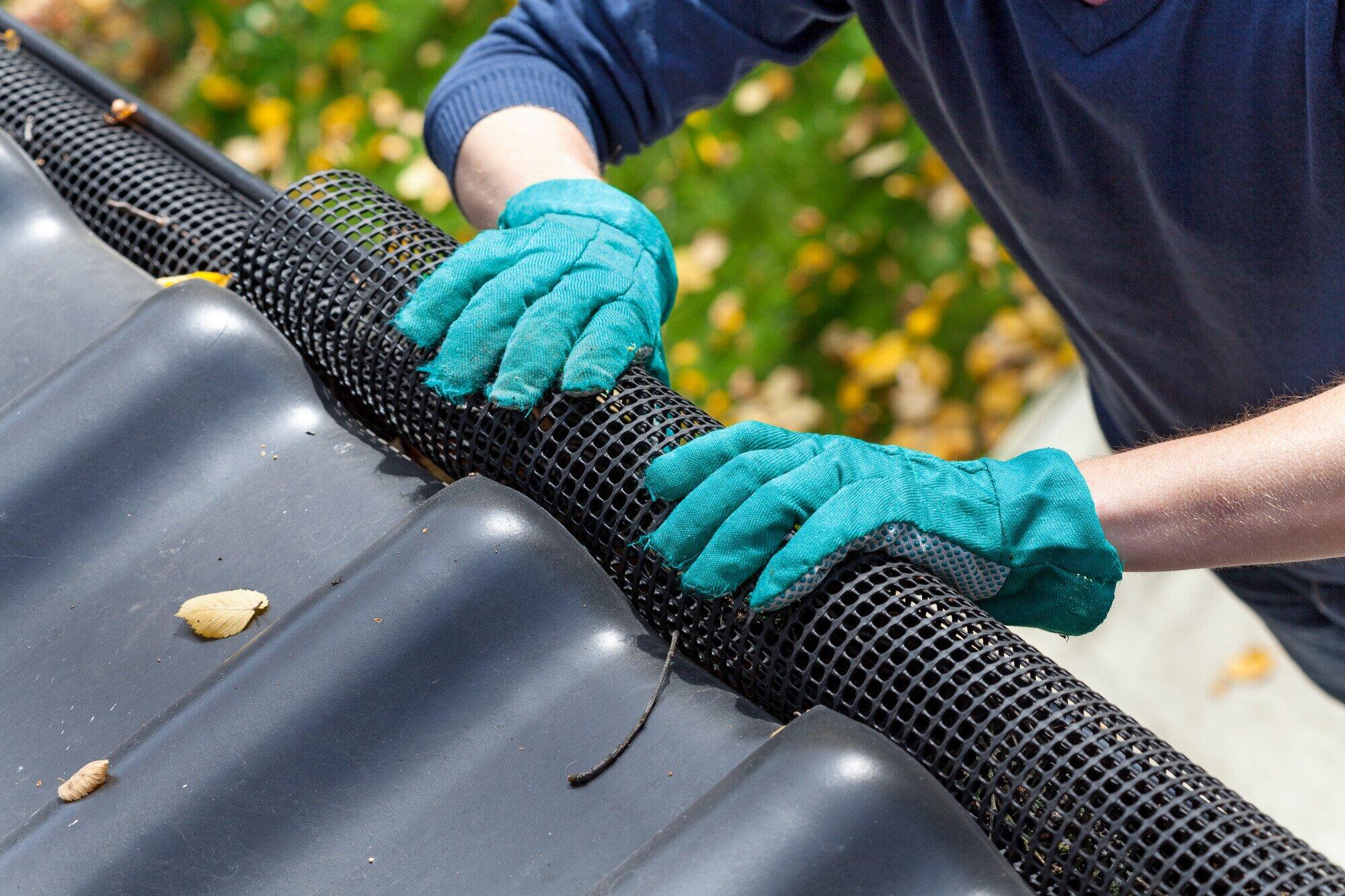Gutter Installation: A Comprehensive Guide for Homeowners
Installing gutters is an essential part of home maintenance that protects your property from water damage. Proper gutter installation ensures that rainwater is diverted from the foundation of your home, effectively preventing leaks, mold, and other related issues. This guide will walk you through the process of best gutter installation and provide valuable tips to ensure that your installation is successful and long-lasting.
Before you begin the installation, it’s important to gather the right materials and tools. You'll need gutter sections, downspouts, hangers, end caps, and connectors, as well as mounting brackets and screws. Essential tools include a ladder, a measuring tape, a level, a sealant, and a saw for cutting the gutter sections to the right lengths. Taking the time to collect all necessary components will streamline the installation process and save you from multiple trips to the hardware store.
The first step in gutter installation is measuring the length of the roof edges where the gutters will be mounted. It’s crucial to account for any corners or slopes accurately. Gather the measurements and subtract a few inches for the downspout placement. After cutting the gutters to the appropriate length, install the hangers along the edge of the roof, making sure they're securely attached. Ensure that the gutters are sloped slightly towards the downspouts to allow for efficient water flow.
Once the gutters are in place, the next step is to attach the downspouts. These should be positioned at the corners of your home or wherever water tends to accumulate. Use a connector to join the downspout to the gutter. Secure everything with screws and brackets to ensure a firm and stable fit. Don't forget to apply a weatherproof sealant to joints and seams to prevent leaks, especially during heavy rains.
Finally, it’s essential to regularly maintain your gutters to keep them functioning well. This involves cleaning out any debris, such as leaves and dirt, that can block water flow. It’s advisable to inspect and clean gutters at least twice a year—once in the spring and once in the fall—to ensure they remain clear and effective in channeling water away from your home. By staying on top of maintenance, you can significantly extend the lifespan of your gutters.Purpose to view here for more
In conclusion, gutter installation is a vital process for protecting your home from water damage. By gathering the right materials, measuring accurately, and following proper installation techniques, you can ensure that your gutters will effectively redirect water away from your foundation. Regular maintenance thereafter will keep your gutters in good condition, ultimately safeguarding your home for years to come.
Here is an alternative post that provides more information related to this topic:
https://en.wikipedia.org/wiki/Culvert

